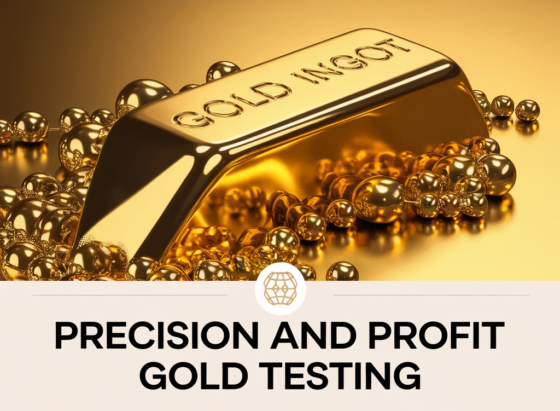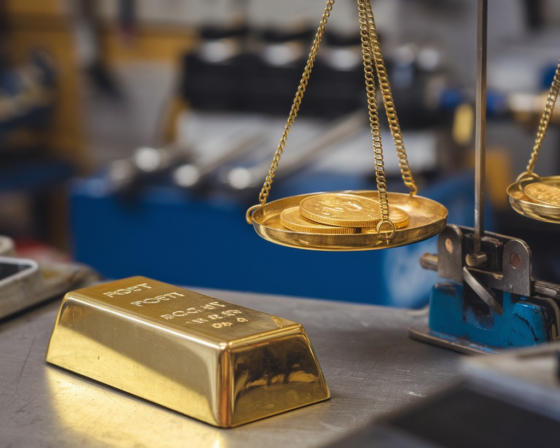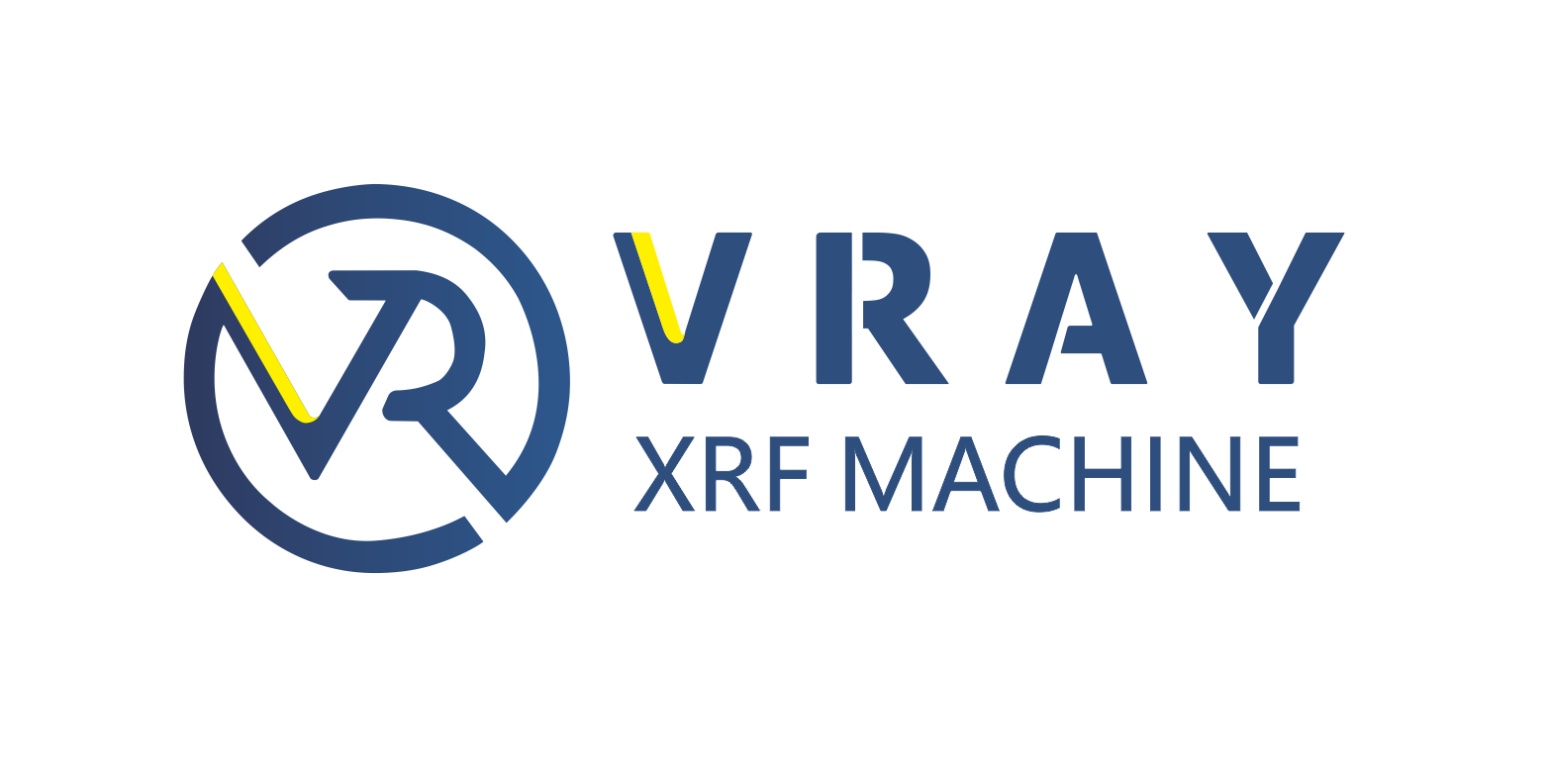Độ chính xác và lợi nhuận: Máy phân tích XRF tiên tiến biến đổi thử nghiệm kim loại quý như thế nào

In the world of precious metals, even a tiny change in purity can mean thousands of dollars in profit or loss. Accuracy is essential. For jewelers, nhà tinh chế, and bullion traders, being able to quickly check gold karat, spot fake alloys, or meet international standards is a must. That’s where XRF (X-ray Fluorescence) analyzers come in—they are the top choice for modern, non-destructive metal testing.
This article explains why today’s XRF technology is crucial for professionals and how it meets the unique needs of the precious metals industry.

The High Costs of Poor Metal Testing
Counterfeiters are becoming more advanced, using tricks like gold-plated tungsten bars or silver with a thin rhodium layer. Older testing methods such as acid tests or fire assays have several problems:
- Damage: They can harm or destroy valuable items.
- Delays: The process is slow, which can delay transactions.
- Errors: Relying on human judgment may lead to mistakes and expensive disputes.
XRF analyzers solve these issues by providing lab-quality accuracy in seconds—all without damaging your items.
Why XRF is the Best Tool for Precious Metals Testing
- Accurate Karat Verification and Alloy Analysis
Modern XRF analyzers can detect elements like gold and platinum, as well as tiny amounts of impurities such as cadmium or lead. They work well for:- Jewelry: Confirming the gold’s karat (18K, 22K, or 24K).
- Coins and Bullion: Identifying fake coins filled with tungsten.
- Recycled Scrap: Determining the value of mixed-metal batches.
Special calibration settings ensure your results meet international standards.
- Thử nghiệm không phá hủy
XRF uses X-rays that only penetrate a few microns into the metal. This allows you to:- Check surface coatings like gold plating.
- See how uniform the alloy is.
- Detect hidden impurities in antique or heirloom pieces.
This method protects valuable items while giving clear, reliable results.
- Fast and Compliant
In a busy trading environment, speed is key. XRF analyzers:- Provide results in 10 seconds or less.
- Produce ready-to-use certificates with timestamps and location details.
- Help you meet industry regulations and standards.
- Future-Proof Your Business
With regular software updates and cloud connectivity, modern XRF analyzers can easily adapt to:- New types of alloys.
- Stricter environmental rules.
- New traceability requirements, such as those based on blockchain technology.
Case Study: Boosting Profits with XRF
A gold refinery in Saudi Arabia reduced material loss by 23% after switching to XRF technology. By quickly identifying low-karat scrap and improving their melting process, they saved thousands each year—earning back their investment in just six months.
Choosing the Right XRF Analyzer: What to Look For
Not all XRF devices are the same. When choosing one, consider models with:
- High-Resolution Detectors: To tell similar elements apart (like platinum vs. palladium).
- Pre-Loaded Metals Libraries: With common karat and alloy profiles to simplify testing.
- Rugged Design: Such as some handheld units for on-site use in tough conditions.
- Regulatory Certification: To meet your region’s standards and regulations.
Kết thúc: Improve Trust, Efficiency, and Profit
In an industry where trust is key, XRF analyzers help you:
- Make decisions based on clear, data-driven results.
- Save money by avoiding overpayment for impure metals.
- Build customer confidence with fast, transparent testing.
At VRAY, we offer XRF solutions designed for the precious metals market. Top jewelers, Nhà máy lọc dầu, and trading houses around the world trust our devices because when purity matters, precision makes a difference.
SEO Keywords: XRF spectrometer for precious metals, gold karat verification, non-destructive metal testing, XRF alloy analysis, precious metals compliance, counterfeit gold detection, XRF for jewelry industry, bullion testing equipment, gold refinery solutions.
 VRAY Cụ Limited
VRAY Cụ Limited